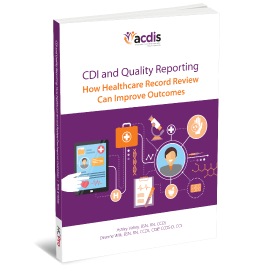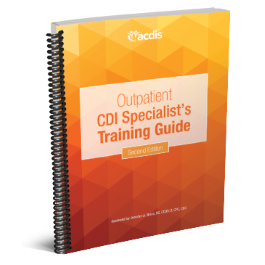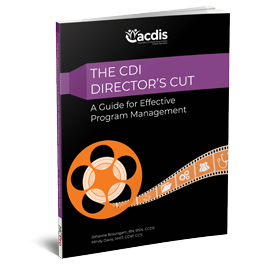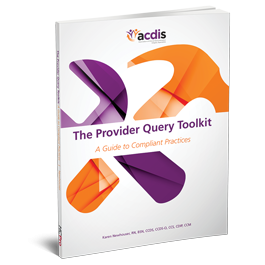This site uses cookies in order to give you the best experience.
We and our third-party partners may use cookies and similar technologies,
for example, to analyze usage and optimize our sites and services, personalize content,
tailor and measure our marketing and to keep the site secure.
Please visit our privacy policy for more information.
Privacy Policy
Need Assistance? 1-800-650-6787
Search












